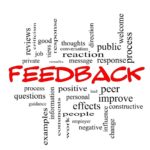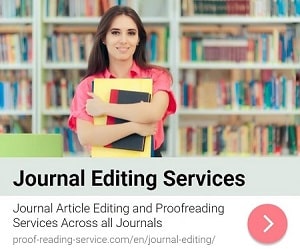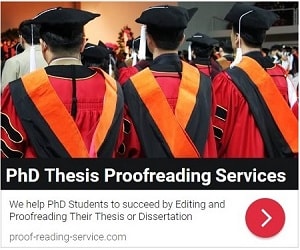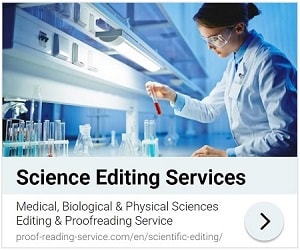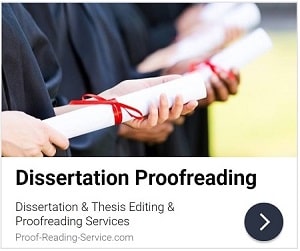Introduction
Submitting a manuscript to an academic journal can be a daunting process, and understanding what journal editors look for can greatly increase the chances of acceptance. Editors are the gatekeepers of scholarly publishing, ensuring that published research is of high quality, original, and relevant to their readership. While each journal has specific criteria and expectations, certain fundamental elements remain universal. This article explores what journal editors want to hear from authors and how to craft a submission that aligns with their priorities.
Understanding the Role of a Journal Editor
A journal editor oversees the review process, evaluates submissions for quality and relevance, and ensures adherence to ethical publishing standards. Editors handle a large number of manuscripts, making their time a valuable commodity. Therefore, authors should strive to present their work in a way that is compelling, well-structured, and aligned with the journal’s scope.
Key Elements That Journal Editors Look For
1. A Clear and Relevant Research Question
One of the first things an editor looks for is whether the manuscript presents a clear and significant research question. Editors want to publish work that contributes meaningfully to the academic field.
- Is the research question well-defined?
- Does the study address a gap in the existing literature?
- Is the topic relevant to the journal’s scope and readership?
Authors should ensure that their research question is explicitly stated early in the manuscript, preferably in the introduction.
2. Originality and Contribution to the Field
Editors prioritize research that offers new insights, theories, or methodologies. A manuscript should not merely replicate previous studies but should build upon existing knowledge.
- What is new or innovative about the study?
- How does it advance the field?
- Does it challenge existing theories or offer new applications?
To demonstrate originality, authors should highlight how their work differs from prior research and why it matters.
3. Sound Methodology and Robust Results
A manuscript must present a solid methodology that supports its conclusions. Editors scrutinize the research design, data collection, and analysis to ensure validity and reliability.
- Are the methods appropriate for the research question?
- Is the sample size adequate?
- Are the results statistically and logically sound?
Providing sufficient details about the methodology allows editors and reviewers to assess the credibility of the research.
4. Clear, Concise, and Engaging Writing
A well-written manuscript is essential for effective communication. Editors appreciate clarity, coherence, and logical progression in the writing.
- Is the manuscript free of unnecessary jargon?
- Are complex ideas explained clearly?
- Is the structure logical and easy to follow?
Good writing enhances the readability of the paper, making it easier for editors, reviewers, and readers to grasp its significance.
5. Strong Theoretical Framework and Literature Review
Editors expect a well-researched background that contextualizes the study.
- Does the manuscript engage with recent and relevant literature?
- Does it establish a strong theoretical foundation?
- Are citations accurate and appropriate?
An effective literature review not only summarizes existing research but also demonstrates how the current study fits within and expands the field.
6. Adherence to Journal Guidelines
Each journal has specific formatting and submission requirements. Failure to follow these guidelines can lead to outright rejection.
- Are citations and references formatted correctly?
- Does the manuscript meet word count requirements?
- Are figures, tables, and appendices formatted as per journal standards?
Authors should carefully review the journal’s submission guidelines before submitting their manuscript.
7. Compelling Abstract and Title
Since the abstract and title are the first elements an editor reads, they must be engaging and informative.
- Does the title clearly reflect the study’s content?
- Does the abstract succinctly summarize the research question, methods, results, and conclusions?
- Is the abstract structured according to journal guidelines?
A strong abstract and title increase the likelihood of the manuscript being considered for review.
8. Ethical Considerations and Transparency
Ethical integrity is a crucial aspect of scholarly publishing.
- Does the study have ethical approval (if applicable)?
- Are conflicts of interest disclosed?
- Are data sources cited properly?
Editors expect authors to adhere to ethical research practices and maintain transparency in their reporting.
9. Engagement with Peer Review and Constructive Revisions
Even if a manuscript is not accepted outright, editors appreciate authors who respond constructively to peer review feedback.
- Does the author address reviewer comments professionally?
- Are revisions made with clarity and justification?
- Is there an improvement in quality after resubmission?
Demonstrating openness to feedback and a willingness to refine the work increases the chances of eventual publication.
What Journal Editors Do Not Want to See
While knowing what editors look for is crucial, avoiding common pitfalls is equally important.
- Poorly Written or Unstructured Manuscripts – A disorganized or unclear manuscript is difficult to assess.
- Overly Ambitious Claims – Unsupported or exaggerated conclusions undermine credibility.
- Plagiarism and Self-Plagiarism – Duplicate submissions and unoriginal content can lead to rejection and ethical violations.
- Failure to Follow Journal Scope – Submitting a manuscript that does not align with the journal’s focus wastes time for both authors and editors.
- Incomplete or Missing References – Citing outdated or missing references weakens the research foundation.
Strategies for Successful Submission
To improve the chances of acceptance, authors should adopt the following strategies:
- Choose the Right Journal – Select a journal that aligns with the study’s focus and scope.
- Seek Feedback Before Submission – Have colleagues or mentors review the manuscript.
- Proofread Thoroughly – Eliminate grammatical errors and improve clarity.
- Write a Strong Cover Letter – A compelling cover letter should highlight the study’s significance and fit with the journal.
- Stay Patient and Professional – The review process can be lengthy, and rejections are common. Maintain professionalism and persistence.
Conclusion
Understanding what journal editors want to hear is key to a successful publication. A well-structured, original, and methodologically sound manuscript that adheres to journal guidelines has a higher chance of acceptance. Editors appreciate clarity, relevance, and professionalism throughout the submission and review process. By aligning with these expectations, authors can enhance their chances of contributing valuable research to their academic community.
You might be interested in Services offered by Proof-Reading-Service.com
Journal Editing
Journal article editing services
PhD Thesis Editing
PhD thesis editing services
Expert Editing
Expert editing for all papers
Medical Editing
Medical Editing Services
Research Editing
Research paper editing services
Book Editing
Professional book editing services









